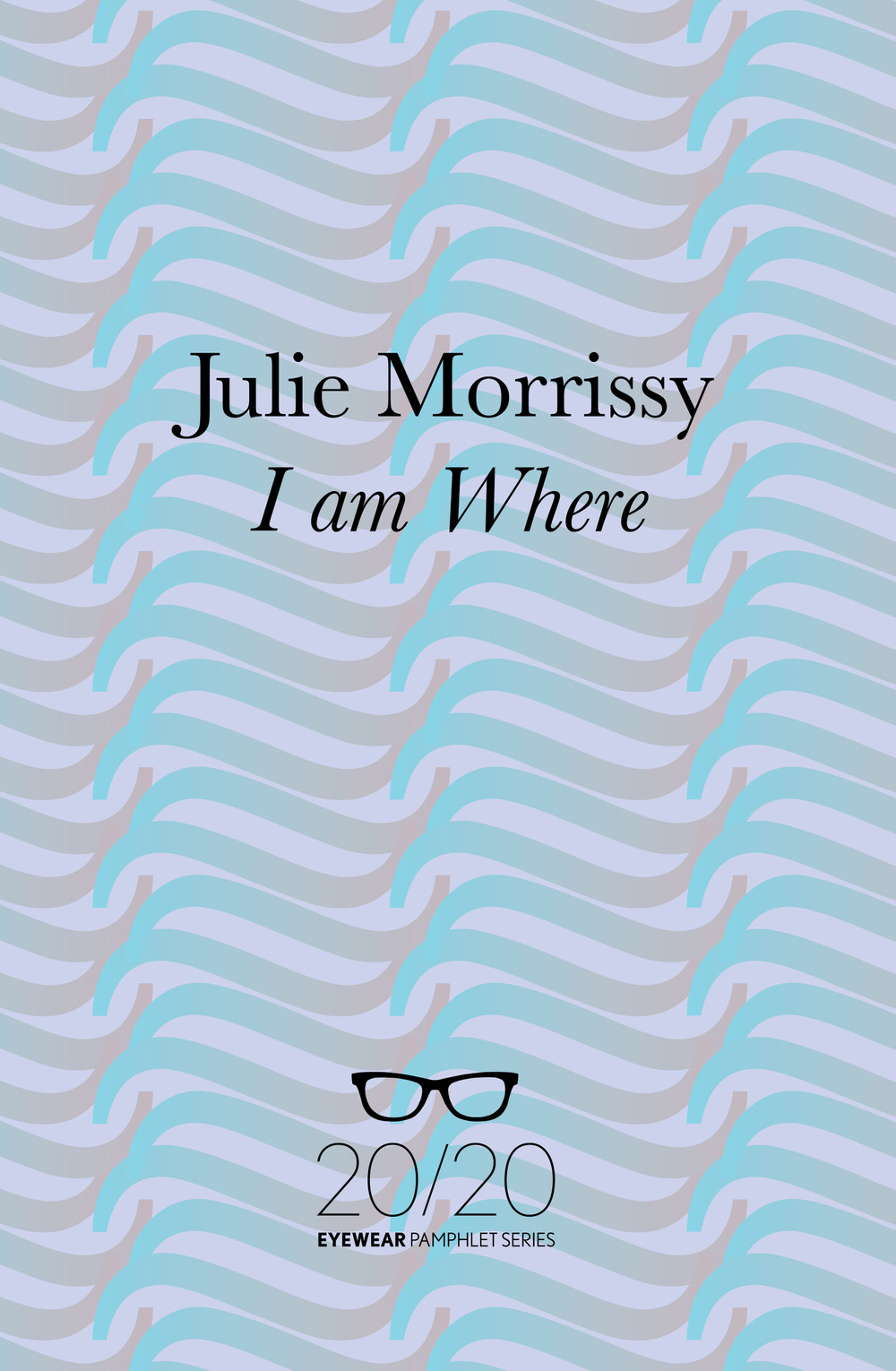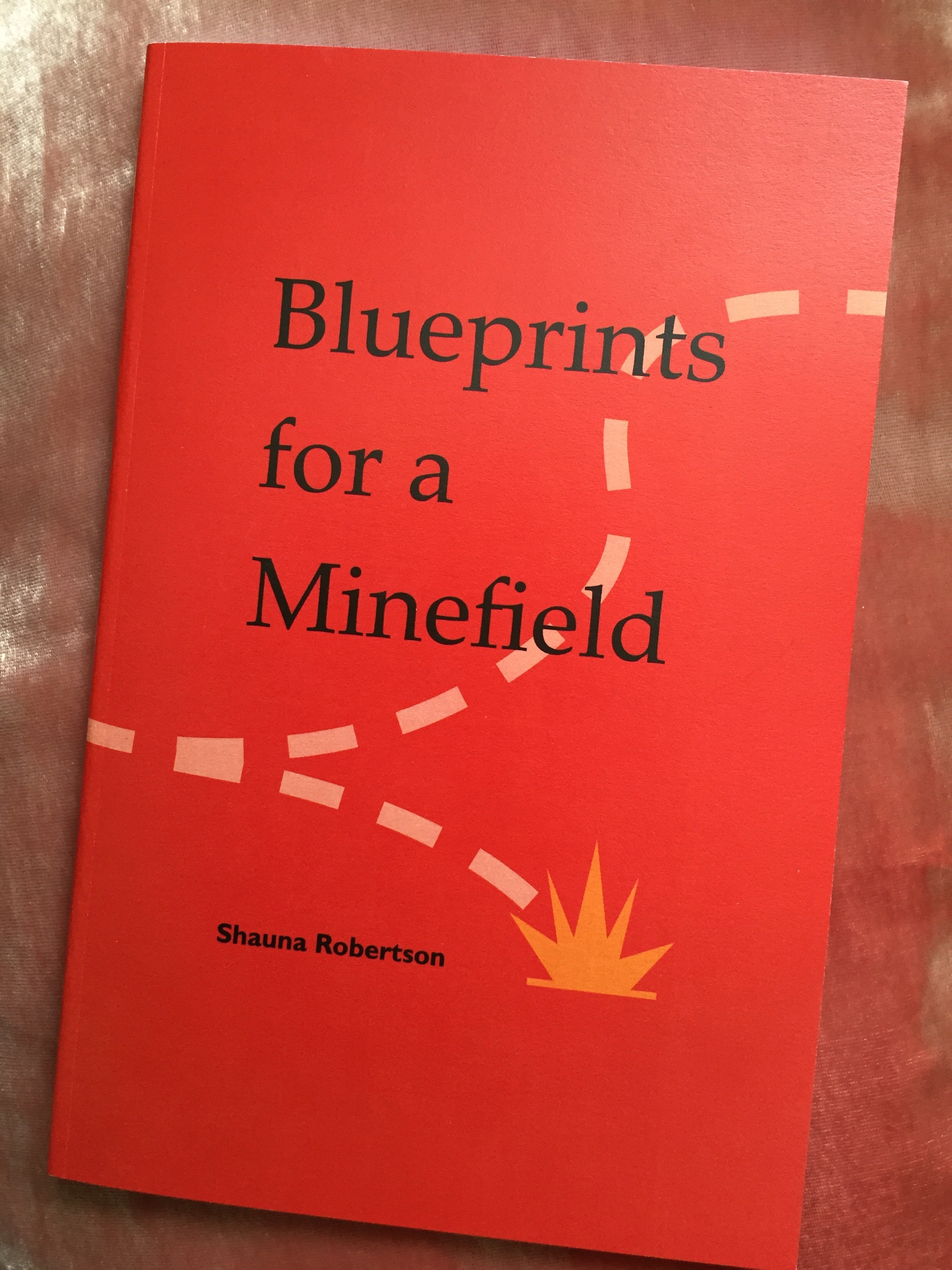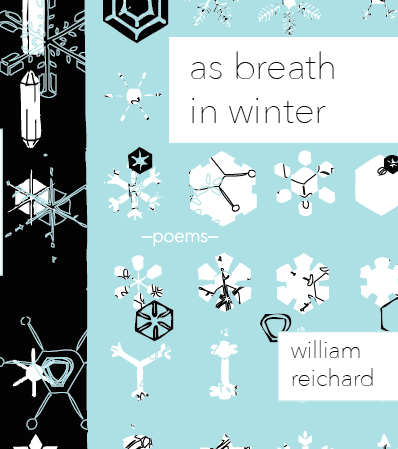I Am Where by Julie Morrissy
– Reviewed by James O’Leary –
The week before I received a review copy of I Am Where, I saw Julie Morrissy read as part of a new-writers showcase at the 2016 Cork International Poetry Festival. It was a happy coincidence and a good way to get a sense of Morrissy as a poet, hear the rhythm of her work, and learn the backstory to some poems before opening her first pamphlet, produced by Eyewear Publishing in 2015. Among the poems she read were ‘Looped’, the opening to this pamphlet, and ‘MMXIV’, the book’s closing poem. I find it interesting, especially with short-form collections, to look at how they introduce themselves and how they end. ‘Looped’ begins:
there is a twist that creeps around me
that drags me back to the north strand
where I have never been before
to a park called St Anne’s
a saint I never saw before
a branch, a tongue
a child I never had before
Like much of Morrissy’s work, the strength of this poem lies in its simplicity. The key to accessing the flow of the language and uncovering the intricacy of its technique was reading slower than I usually would. The slower I read the poem, the more immersed I became in the looping repetition of phrasing, the repetition of the action of the poem, the repetition of the movement of the sea, the component parts building on each other to great emotional effect. This is how I found my way into the poems individually, returning to them with the deliberate intention of pacing my reading. It was rewarding to do this, as I found myself catching onto their rhythm, feeling the full impact of their depth and weight.
I was struck by how searching the work is as a whole, and how beautifully content matches form. The central concern of I Am Where seems to be the interconnected relationship between place and identity, the dislocation that occurs without a rooted homestead. Words then become a way of finding that sense of place in the world—poetry becomes the method and the framework for locating ourselves. The poems often don’t begin with first word capitalisation or end with full stops. In fact, there is very little punctuation throughout the pamphlet, lending the poems a visual consistency. But more than an aesthetically pleasing form that ties the book together, the feeling that we are dropping into and drifting out of poems reflects the feelings and experiences being explored. Concrete details and images go a long way to grounding the work in reality, so that emotions and sensations never become abstract. Poems like ‘Notes On An Ending / Nightfall’ and ‘Le Gouffre’ have an otherworldly feel, tempered by stark, clear writing as seen in a nightmare:
it’s always the Atlantica churning vision of cold liquid
salt weighing me down, slowly tending to the cuts
but leaving me to swallow and drown
halfway between here and there
The precision of Julie Morrissy’s writing sets her work apart from many other debut pamphlets. This compulsion for accuracy comes through in poems like ‘Canada Life,’ reminiscent of Elizabeth Bishop who often qualified her statements to get to the core of honest expression:
big, bold Canadian flags caress the minus-twenty air
around the local McDonald’s
tonguing the red bricks up and down
sorry – feels like minus twenty
actual temperature: minus twelve
Giving the objective reality as well as the emotional reality of the experience by way of a mid-sentence correction is extremely effective. The final poem ‘MMXIV’ captured my imagination when I heard it read, and is perhaps the poem I find most intriguing. The marriage of metaphor and straight description adds up to a truly visceral piece of writing. The discovery of a dead animal launches the poem, tapping into our aversion to and fascination with death, individually and communally. It expertly navigates the brutality and banality of the moment:
half undressed, or half dressed
depending on how it argued its case
the tiny furs that remained covered its wide back, pointy ears
a couple of teeth showing, right eye missing
unclear if it had fallen out before or after death, or had been eaten
or if that was just something that happened
when a seal dies
One intuitive way I measure the success of a poem is asking myself if I would read it a second, third, fourth time. My shelves of journals and collections are dog-eared, the poems that have left an impression marked for revisiting. My copy of I Am Where is already dog-eared, favourite poems and favourite lines flagged for the future; I can think of no better testament to the achievement of this beautifully written book.





